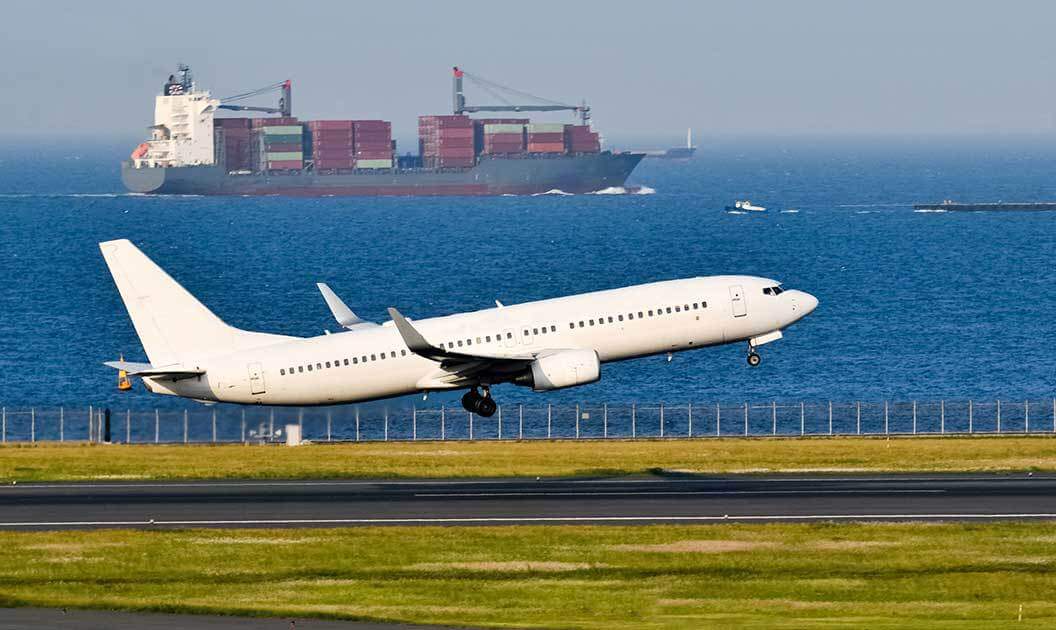
Like other logistics branches, different types of air freight shipping services are available for moving freight. There are pros and cons to each service that involve cost, timing, and availability. Choosing the best option for your personal or business shipping needs comes down to knowing what you need versus what the service is capable of.
Air shipping services refer to how airlines organize and charge for freight shipping. No international or federal agency directly regulates shipping costs. There are three types of air freight shipping services: Express Service, Standard Service, and Deferred Service. The different services account for most price differences.
Learn about your options and the best way to use air cargo shipping for your time-sensitive cargo shipping needs.

For clarity, there is a difference between air freight carriers and air freight services. Air freight services detail the types of shipping that customers can take advantage of.
There are three basic types of air freight services offered in the air cargo logistics industry:
An air freight carrier is an airline you can hire to provide these shipping services. Some air carriers will specialize in one type of service over another. It may depend on the availability of specific aircraft as well as supporting equipment and staff.
Much like ocean freight vessels are limited to ports with proper depth and equipment, airlines must route their flights through hubs with adequate runway lengths and mechanical equipment. However, air cargo is significantly faster than ocean freight over the majority of international distances.
Just looking at it in terms of actual travel time, a non-stop flight from Shanghai to Los Angeles takes about 12 hours. It takes a container ship about 15 days, provided the weather is good.
Expedited air service, or express service, means your shipment is loaded onto the first available direct flight to the main destination airport.
In terms of shipping times, this means that you can usually get your freight within one to two days. However, this doesn’t necessarily mean it will arrive to you at that time. It arrives at the airport in one to two days.
There are two types of express service via air.
With an express air courier service, you can realistically expect your parcel to be at your door within one to two days. However, air couriers are not a financially viable way to move large amounts of freight. It’s actually more expensive per kilogram than shipping with a carrier dedicated to freight. This is because courier services are usually all-inclusive in providing a door shipment service.
Air freight services charge you according to the actual weight or volumetric weight of your shipment, depending on which value is greater. Pound for pound, air freight charges are usually half the cost of courier packages.
However, freight services focus on airport-to-airport transport. Even with express freight services that arrive direct, you will need to make the arrangements to have the freight moved from the airport to a distribution center or warehouse. Air cargo planes also don’t run quite as frequently as passenger or courier flights.
With express freight services, even if your package is on a direct flight, a realistic delivery window is three to seven days.
Unless you hire an air charter to carry your freight exclusively at a designated time and place, a true express service is limited to light parcels.
Bottom line, due to the logistics of air transport, paying the extra for all-inclusive door-to-door express service for freight is going to be cost-prohibitive for the majority of shipments.
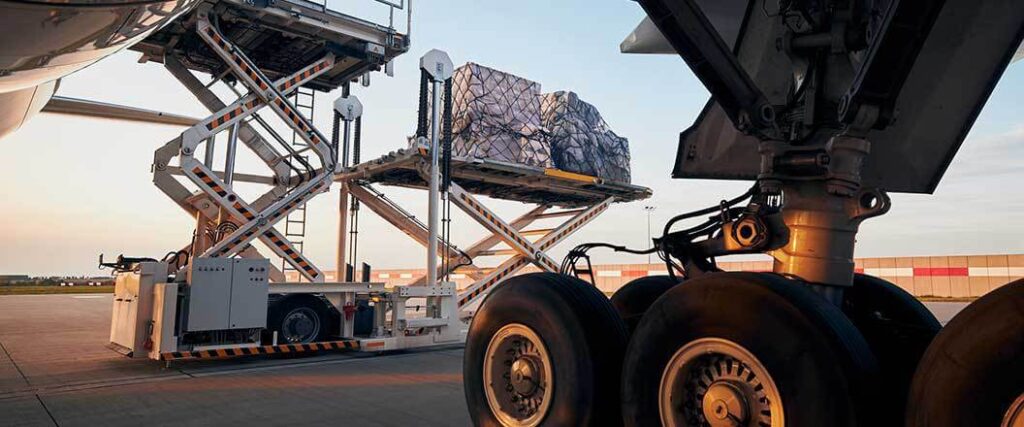
As the name implies, standard air service is the most common form of air freight shipping. Standard shipping times will depend on where the loading and destination airports are in relation to an airline’s map routes.
An airline shipping with standard services has regular stopping sites where cargo is loaded and unloaded along the route.
This is still going to be a faster service than ocean shipping, but also more expensive. One to two stops are standard, but depending on the time of year and the country of origin, direct flights are possible.
For a much lower price than express air service, you can actually get near equal service and delivery dates. Rates aren’t flat but have fewer surcharges compared to express services.
Some air routes cost more than others for the same cargo due to multiple factors.
These factors fluctuate based on weather, world economic conditions, and even socio-political situations. Events such as the Covid-19 pandemic, more frequent strong weather phenomena, and conflict in Eastern Europe cause price changes.
At the moment, standard service rates range from $2.50 to $5.00 per kilogram. That translates to about $1.15 to $2.30 per pound, and it can easily be both lower and higher from week to week.
See how the average cost per kilogram can vary month to month among three of the most popular flight routes.
| Frankfurt (Germany) – North America | Hong Kong (China) – Europe | Hong Kong (China) – North America | |
| October | $3.95/kg | $6.68/kg | $9.94/kg |
| November | $4.45/kg | $7.91/kg | $11.54/kg |
| December | $5.21/kg | $8.00/kg | $12.72/kg |
| January | $4.62/kg | $6.61/kg | $10.90/kg |
| February | $5.18/kg | $5.80/kg | $9.68/kg |
| March | $4.89/kg | $5.09/kg | $8.18/kg |
Within just a six month period, the price differences fluctuated by as much as four and a half dollars. Multiplied across thousands of tons each month, shippers could face a real budget issue.
At the moment, there is a downward trend in pricing for standard air services, making things easier on the shipper. If you have special cargo that needs rapid transport by air, that’s great news. The fact remains, however, that as quickly as prices go down, they can go back up.
Read our article on air cargo statistics to learn more about this useful service.

If you want the convenience of air shipping but have a small transportation and shipping budget, deferred air service might work for you. Deferred air service refers to a number of ways your shipment is slowed down or slightly postponed with the intention of saving on shipping costs.
Compared to standard air service, there is a chance to save 40% to 60% on shipping. While chances are also high that a less than container load (LCL) shipped through ocean freight will still be cheaper, a deferred flight is still faster, especially for significant distances. That said, most shippers who rely on deferred services prefer it for domestic use rather than international.
Although the exact aspects of deferred shipping vary by company, the following circumstances tend to be true.
Using these methods, carriers can cut costs enough to provide you with a break, especially if they can use your shipment to fill a spot they couldn’t have before.
There is no exact timetable for deferred air service. Tight capacity on cargo aircraft as well as passenger planes can make for a longer wait. If your shipment is time-sensitive, even a little, you may not want to risk a deferred service wait.
Other cost factors can interfere too. If you are keeping the freight in an airport warehouse, what you pay in storage if the shipment takes a while might have been put to better use by paying for standard air service from the start.
When capacity is a little looser and prices are trending down, as they are now, deferred services become more available. A good supply chain manager can advise you on the current market and shipping trends. Consulting directly with an air freight forwarder will also provide useful advice and guidance.
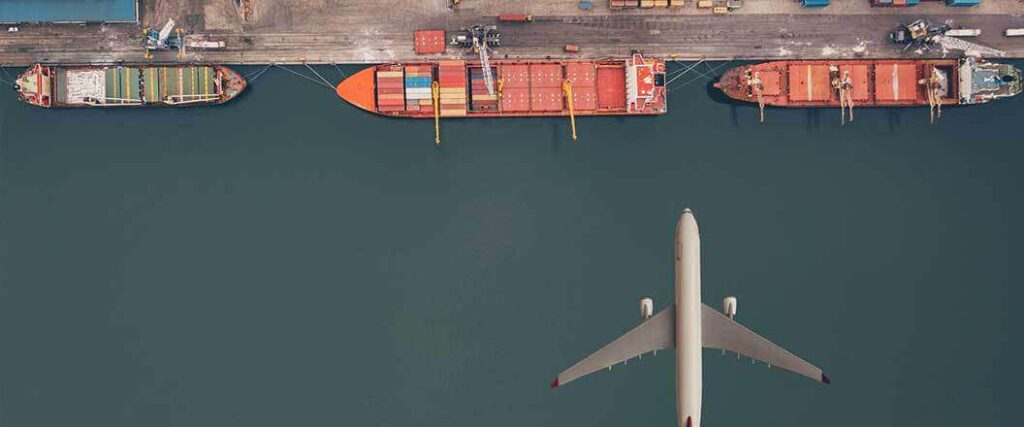
There is a limit to what can and should ship through air service. The speed and security that air freight services provide come at a high cost. For most people, shipping services are a business investment – one that they need to make a return on.
There are four things to consider when considering a commodity for air shipping:
Many products shipped with air services end up falling into the small size, but high-value category. Other popular cargos are those that are highly perishable and must be delivered within a specific time frame.
Products that are commonly shipped as air cargo include:
Many of the above items require temperature-controlled environments or are simply too valuable to risk with general cargo. While there are refrigerated containers on ships, travel times may still be too long.
In other cases, such as in the transport of live animals, travel speed brings peace of mind. Many animals can become anxious or distressed when transported by ship, requiring medical attention. There are additional logistic needs, such as providing food, water, and even exercise. For the anxiety and extra expense you’re likely to go through, a quick flight is worth the money.
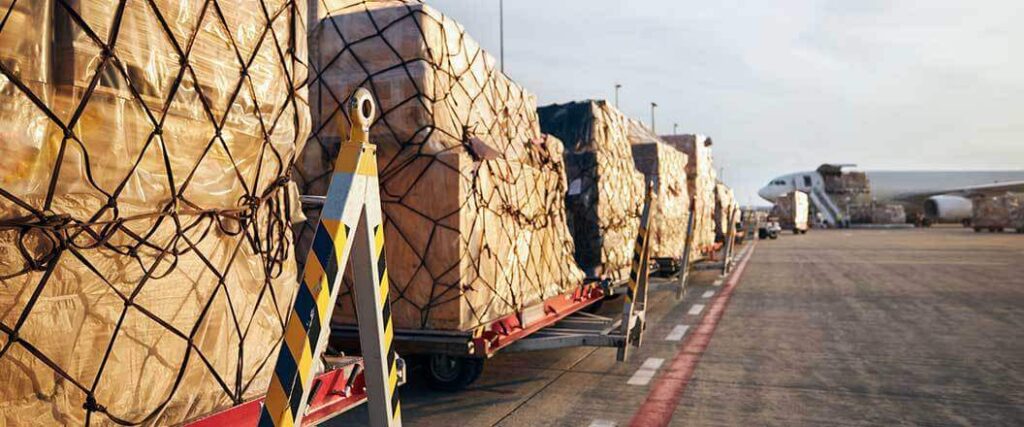
Yes, dangerous goods as classified by the Hazardous Materials Regulations (HMR) can be shipped via air services.
International shipments of commodities classified as dangerous goods are regulated mostly by the international industry organizations such as the International Air Transport Association (IATA) and the International Civil Aviation Organization (ICAO).
Within the U.S., the Federal Aviation Administration (FAA) uses two standards to recognize and ensure compliance when transporting dangerous goods.
The U.S. allows carriers to use the guidelines within the ICAO TI as an alternative to the HMR with a few exceptions for very specific commodities and circumstances. Members of IATA agree to uphold the regulations for transporting dangerous goods and are subject to hefty fines for violations.
The wide variety of products shipped using air services has created opportunities for specialization. An airline carrier’s ability to offer the three different types of air services already discussed depends on what, if any, specialization they focus on.
Not all airlines are able to offer the same variety of air shipping services.
Passenger airlines that also carry some freight, as an example, cannot offer express services. They operate on a very specific flight schedule and generally don’t have the necessary logistics to organize additional shipping to a home or business directly.
Rather than focus on searching airline by airline for what you need, work with an air freight forwarder already familiar with the air shipping industry. They are more likely to find you the services you need within a reasonable time frame.
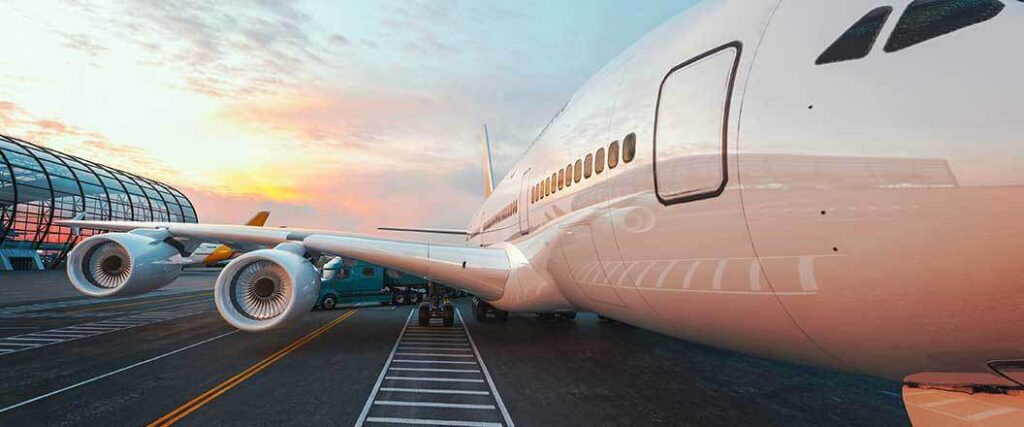
Once you’ve decided to ship your goods by air, there are still a number of steps to complete before your freight gets on the plane.
Basic steps you can take on your own as a shipper include:
Again, working with an air freight forwarder is going to be the easiest way to make sure you’ve covered all required terms and conditions. Especially when shipping internationally there are multiple parties involved, each one requiring a slightly different piece of information.
Check out our article on the Air Freight Forwarding Process for more information.

The air freight industry has expanded significantly in the last few years because of ocean freight congestion and the rising eCommerce market. Knowing the different types of air freight shipping services can help you decide if it’s a possibility for your business.
USA Freight Forwarding Services has industry experts standing by ready to provide 1-on-1 consultations for your business and personal shipping needs.
We offer a variety of freight forwarding services aimed at helping you ship your goods with ease. No matter what type of freight you’re shipping, we can offer the following services:
Get the advice you need to make the best decisions for your company. Call us today at (866) 941-8081 or get an online services quote now.